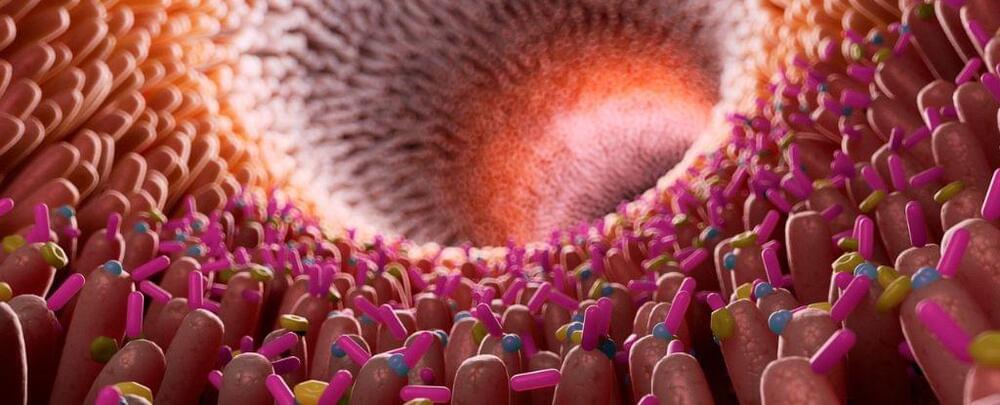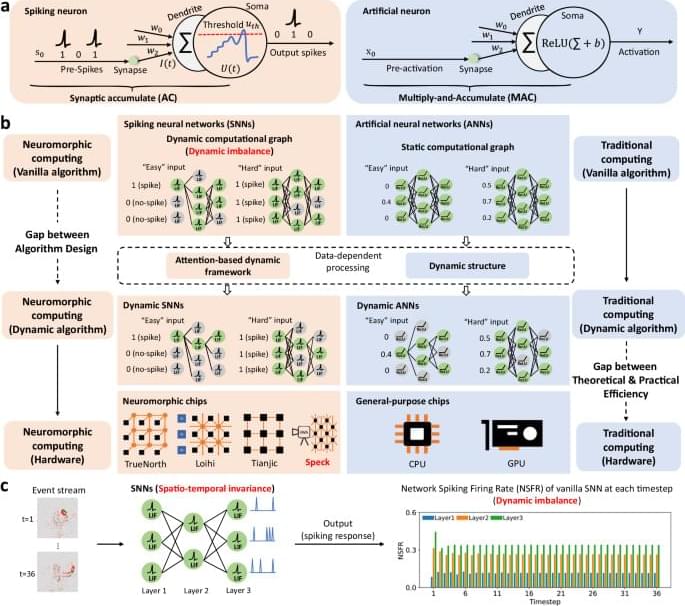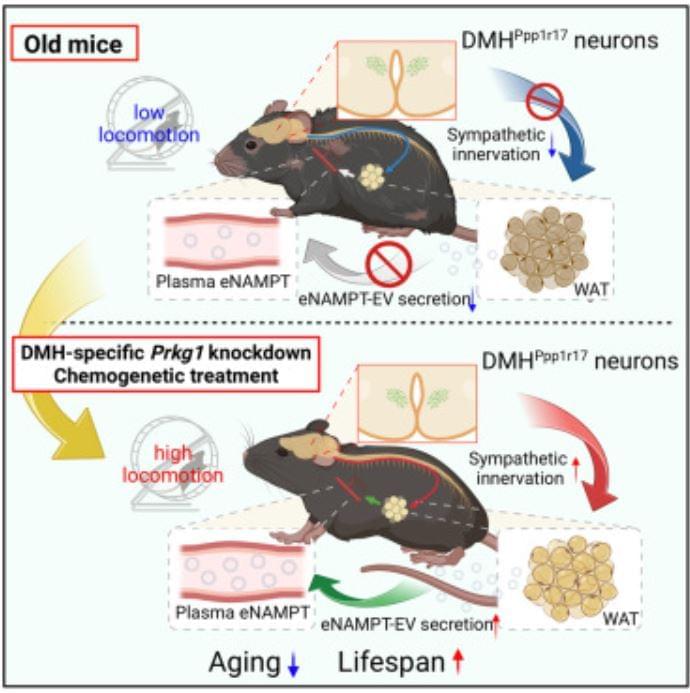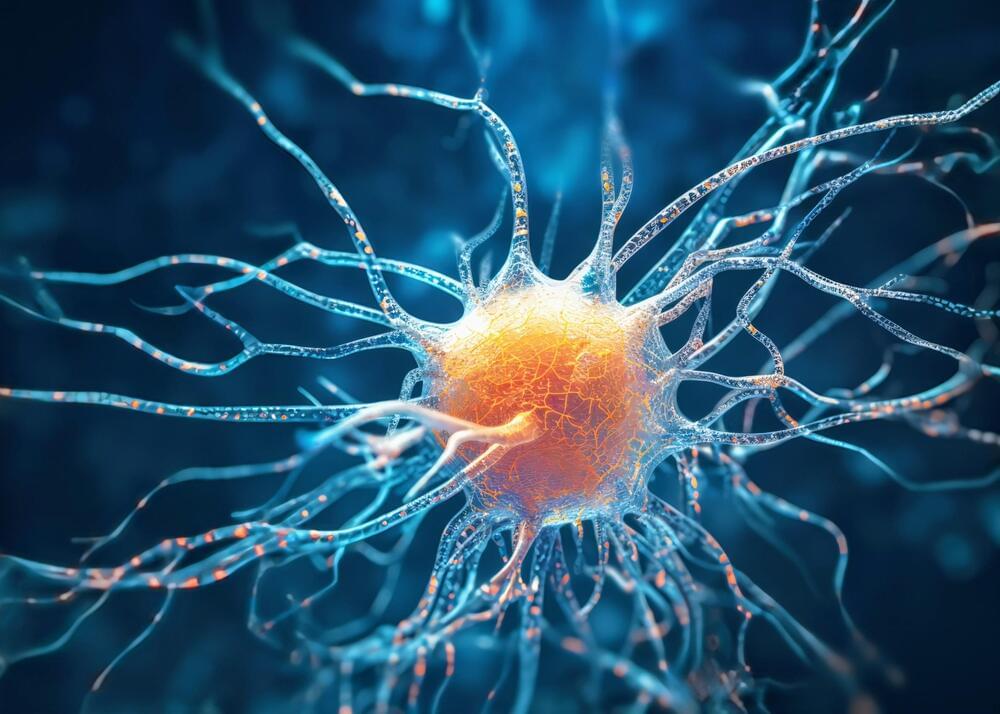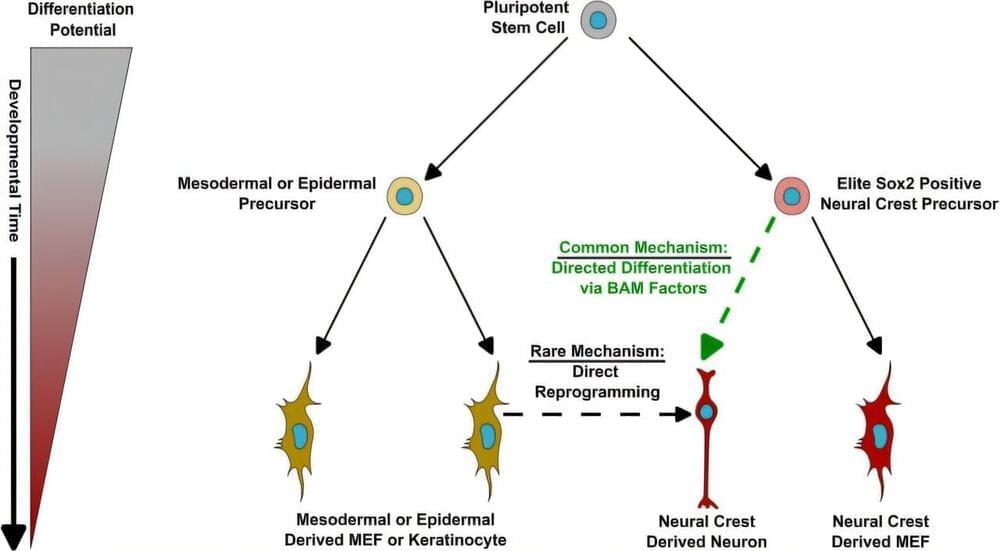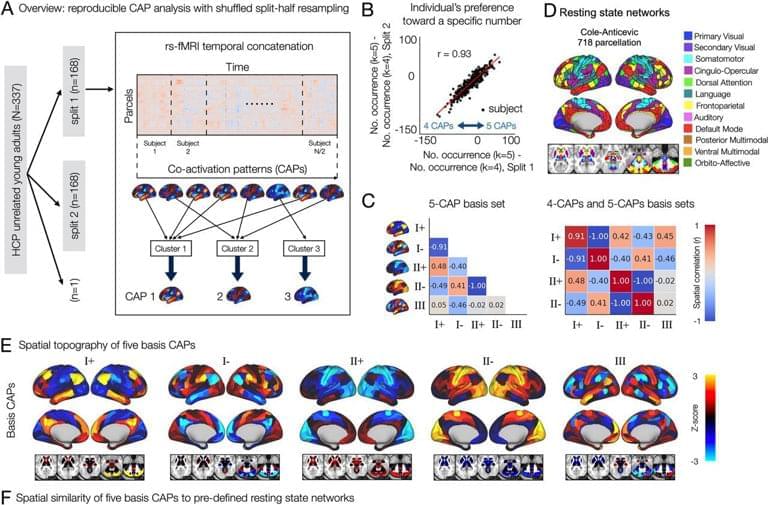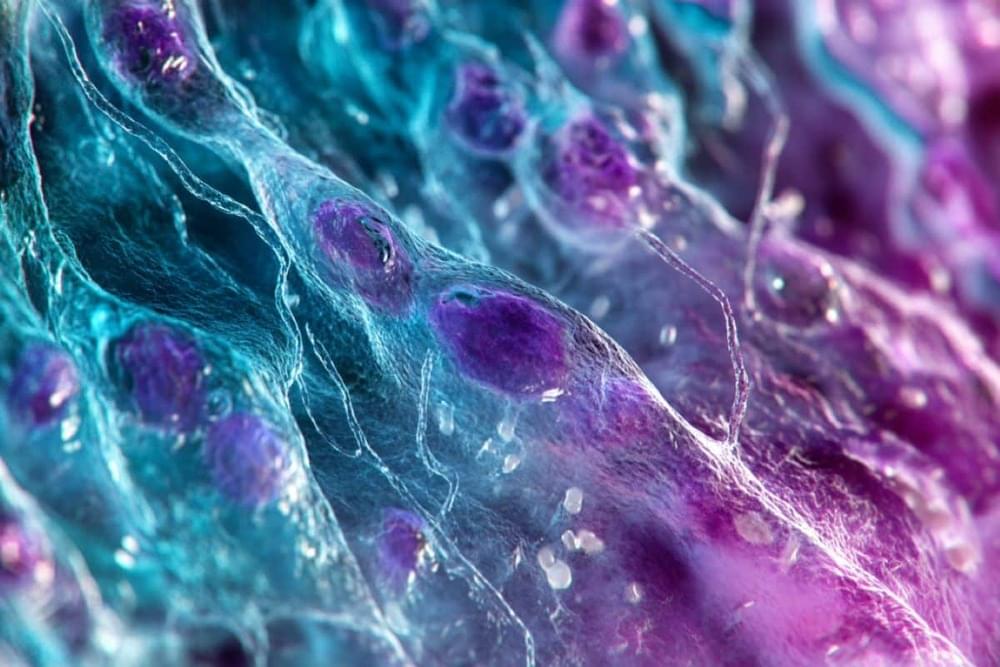Researchers at REMspace, a startup based in California, have reported that two people were able to communicate in their dreams.
The experiment is an example of the potential that lucid dreams have to create new communication methods, pushing the limits of what scientists thought humans were capable of.
The company claimed that two individuals managed to induce lucid dreams with success and shared a simple message using specially designed equipment.

